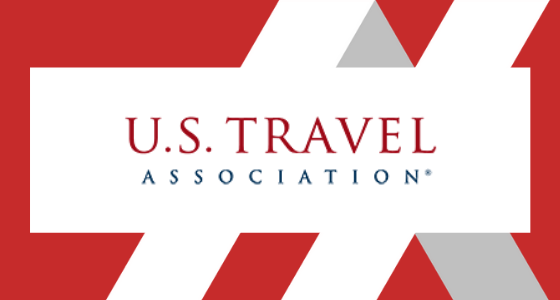Travel spending in the U.S. is expected to finish the year 45 percent down from 2019 levels, the U.S. Travel Association projects, adding combined leisure and business travel will still not have returned to its pre-pandemic strength by 2024.
The latest 2020 projected travel spending figure of $617 billion is slightly worse than U.S. Travel’s previous forecast released in July of $622 billion — and is a precipitous drop from the $1.13 trillion spent on travel in the U.S. overall in 2019.
The nosedive reflects a decline of 34 percent in domestic leisure travel spending — but even sharper falls in the lucrative domestic business — off 55 percent — and international inbound — off 77 percent — markets, the organization said.
Travel is by far the industry hardest hit by the ongoing fallout of the COVID-19 pandemic, currently accounting for 33 percent of overall unemployment in the U.S. Nearly 40 percent — 3.5 million — of all direct travel jobs have vanished over the past seven months, even after taking into account modest growth over the summer. Another million direct travel jobs — bringing the total to 4.5 million or 50 percent of pre-pandemic levels — are expected to disappear by year’s end without another round of congressional relief.
“A lot of businesses that need help to retain and rehire their people won’t be there in January if we wait until the next Congress to get more aid passed,” said Roger Dow, U.S. Travel Association president and CEO. “The pain among travel employers is extremely acute, and so is the frustration that Washington has been unable to act so far, given the size and obviousness of this problem.”
U.S. Travel continues to recommend specific policy actions that should be pursued by Congress immediately, including enhancing and extending the Paycheck Protection Program through the end of 2021, extending the Coronavirus Relief Fund through at least the end of 2021, and providing additional emergency assistance to U.S. airports.






